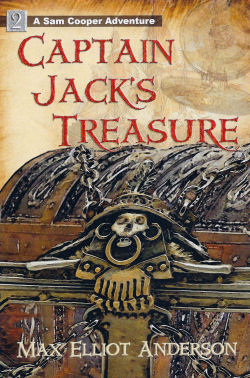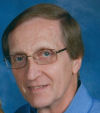|
For
as long as I can remember, my life has been involved with the
production of dramatic films, video programs, and television
commercials. Many of these films were produced to be rented to
churches—long before video came along. Of these films, my favorite
projects were those intended for younger viewers. We called them our
kids films.
It is out of this rich
background experience that many of the books I write for kids today
originates. So this column will recount many of my experiences related
to the children’s projects, some of the locations, around the world,
where they were shot, along with children who were involved in the
stories. In addition, I’ll add in my childhood experiences that tend to
find themselves in the children’s fiction I write today. Ready for the
first story? Here it is.
We lived way out in the country,
in a small town called Wolf Lake, Michigan. We swam in Wolf Lake, and I
went to Wolf Lake Elementary School. Our home was located in thick
woods on the grounds of a place called Youth Haven. The entire area was
a wonderland of forest, lakes, rivers, and fun.
Also on the grounds of Youth
Haven sat a film studio that my father founded. From a very early age,
I hung around the studio, where I watched in wonder as actors played
their roles. It was in that studio, and around film production,
that my imagination went into hyper drive. I was fascinated by the sets
that were built there, especially one that represented a two-story
house. From the first floor stood a stairway leading upstairs. The only
problem was the stairs led to nowhere. The “upstairs” was built on the
same level as the rest of the house, in a different part of the studio.
I learned never to eat anything
I found on the set. This was even more important in a kitchen. You
wouldn’t believe some of the things done to make nonfood substances
look good enough to eat. One of the most disgusting was the mashed
potatoes, made to look like delicious ice cream cones, with food
coloring added to make different “flavors” of ice cream. The reason
being that under the hot lights, real ice cream melts. But those
potatoes were good for a month or more.
One day, when I was seven or
eight years old, I got to be in one of the scenes. The film was shot in
black-and-white, not color, and this sequence took place outside at
night. The director had me ride my bike along a lonely, dirt road. From
the other direction, came a speeding sports car. It’s lights
blinded me for an instant, and then “my character” was struck and
killed by a hit-and-run driver. But since the film was black-and-white,
all the
|
blood
that ran from my ear, nose, and mouth came from a
chocolate syrup bottle. Still, when the entire sequence was edited
together, what I saw on the screen looked scary and believable. That’s
the way it is with film; not much of what you see or hear is real at
all. You just believe it because of the editing, lighting, music, and
sound effects.
This
is something we have to watch out for. We are bombarded with sights and
sounds that the producers use to tell us what to think and how to react
to what we see and hear in video games, films, and TV shows. With all
of the electronics available today, who needs to use imagination?
And that’s why reading is so
important. Reading makes connections in the brain that don’t happen any
other way. While reading, we decide how things sound, smell, taste, or
feel, because all those things happen in our minds.
So I hope you’ll continue on
your path as a reader. It will help you to be successful in life. And
remember: readers are the leaders; others follow.


|









